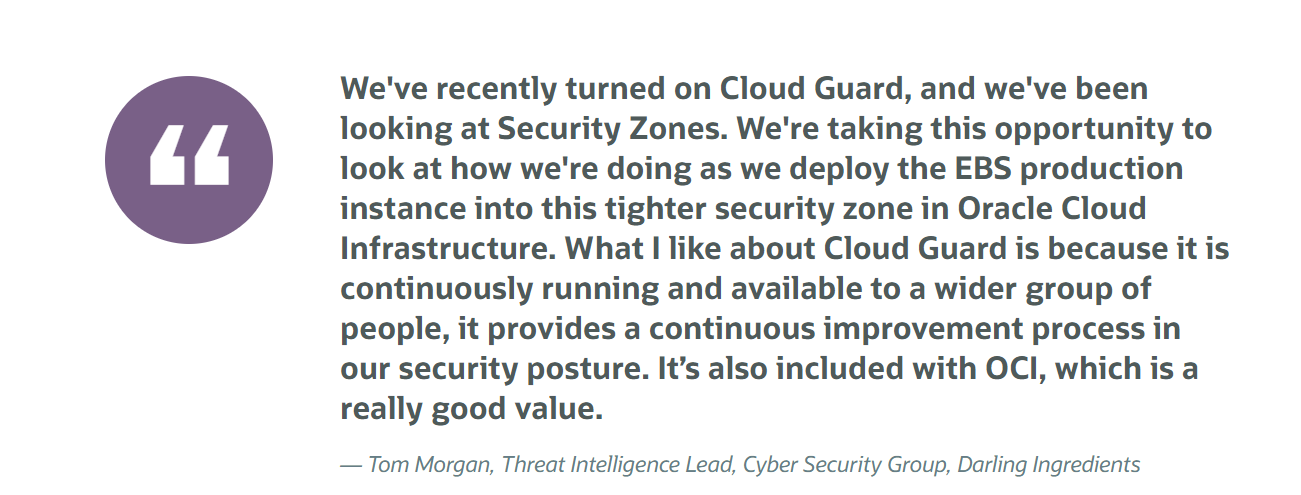In this installment of our “Designed for Change” series, we’ll explore how organizations have evolved their technology and strengthened their security posture to stay competitive and vigilant in the face of uncertainty.
With the volume of sensitive data being created and stored today, companies benefit from analyzing that data but must also protect it. And having a trusted, reliable platform in place to do that can make all the difference.
Today, organizations–along with everyone else in the world–are dealing with unprecedented levels of change. The global pandemic has exposed the vulnerability of the enterprise landscape and reinforced the need for businesses to rely more on the cloud. Many aspects of our lives have shifted, like working from home, attending virtual meetings, and relying more on ecommerce. As organizations accelerate digital transformation (DX) initiatives, retool their operations, and rethink entire business models with cloud services, these also creating new opportunities for data theft and cyber criminals.
The impact of remote working
As businesses adapt to ongoing change, they are rethinking how to shift customer engagement models, make changes to supply chain, and how to operate all within the cloud. Within the current threat landscape, keeping sensitive data safe and staying compliant with privacy regulations are necessities. The Risk Based Security 2020 Q1 Report Data Breach QuickView Report, demonstrates the growing risk of cyberattacks. In fact, the first quarter of 2020 was the worst ever for compromised records, increasing by 273% over the same period in 2018.
As the pandemic took hold, organizations that already had a solid digital infrastructure in place were able to move operations quickly to a work-from-home environment. However, without proper regulations in place, IT resources are at heightened risk.
And according to the PwC 2020 U.S. Remote Work Survey, 55% of organizations say most employees will continue to work from home after the pandemic at least one day a week, which opens the door to ongoing threats.
With more people working remotely than ever before, businesses are rethinking their security solutions. In turn, modernizing key infrastructure without increasing costs has become a recurring theme. Whether it’s bringing workloads to an existing datacenter or moving them to the public cloud, reliability and performance need to go hand in hand. This ever-growing need for remote working and social distancing has placed a huge emphasis on making products and services available to anyone anywhere while keeping data secure.
Reinforcing security with automation
As organizations tighten their IT budgets due to the global crisis, the one thing that hasn’t changed is their adoption of the cloud and how to defend against rising threats. To better manage the current challenges, organizations want a more intelligent cloud with built-in automation not only save time and money, but also propel their business forward with a more secure cloud solution.
Automated security features found in next-generation clouds lead to greater efficiency by reducing the time and resources needed to manually manage user access, while also reducing human error. As organizations transition their on-premises networks and application controls to the cloud, they may find it challenging to stay secure. Imagine having the capability to see workload performance with automatic alerts for specific threats to performance issues. Without features like automated monitoring of resources and activity, organizations remain vulnerable to compromised users and data breaches, and are often at risk due to over-privileged access rights that have not been effectively managed.
As the new normal drives business to speed up their digital transformation, it is important to take the growing threat landscape seriously, and it’s critical to plan for security controls early on.
A Next Generation of Cloud, Designed for Change
Oracle has decades of experience securing data and applications. And with Oracle Cloud, businesses can reduce risk by using security-first design principles that provide built-in security controls. Oracle isolates network virtualization in Oracle Cloud Infrastructure, while providing strict separation of duties in Oracle Database.
With Autonomous Database, businesses can automate security to reduce complexity, prevent human error, and lower costs by taking advantage of the automated patching and threat mitigation baked into Oracle Cloud Infrastructure. Oracle database security solutions minimize the risk of a data breach and simplify compliance through encryption, key management, data masking, privileged user access controls, activity monitoring, and auditing capabilities.
Keeping customers on a secure journey
Like many companies, Darling Ingredients was working with aging hardware in a colocation facility that hosted key infrastructure. They wanted to modernize solutions without increasing costs, so they looked into bringing the workloads into their own data centers or moving to the public cloud. They had been using Oracle on VMware ESX in their colocation environment, and tried several cloud providers, but those lacked the reliability and performance needed to run their business. Darling moved its enterprise planning, business intelligence, and data integration technologies from a data center to Oracle Cloud Infrastructure, and found that Oracle was the most trusted option in providing security and reliability.

Read the CIO brief, “Achieving Always-on Security in the Cloud Era”
Taking advantage of autonomous technology as a part of a security plan will reduce vulnerabilities and threats in real-time to enable IT leaders to do their jobs more efficiently. And modernizing infrastructure without increasing costs—while simultaneously improving reliability and performance—can give your business the security it needs to go far.
View the IT Leaders Guide eBook to learn more.